A Complete Overview Of Discrete Data In Quality

The term "discrete data" refers to
countable, distinct items. These entities cannot be divided. They only exist in
predetermined increments or units. There are a finite number of potential
values for discrete variables. In other words, they have a limited number of
intervals or categorical values. The fact that discrete data is
"countable" as opposed to "measurable" is a significant
feature of this type of data.
Frequently bar graphs and other non-persistent
techniques are used to illustrate discrete data.
Numerous different types of data can be
categorized as discrete data. For instance, it handles ordinal data, such as
sliding scales (i.e., "bad, neutral, excellent"). Discrete data can
be also used to quantify qualitative data. For example: finding the number of
yellow vehicles on the road.
Features
Of Discrete Data:
- Discrete data is simple in statistical analysis and easy to compute.
- Discrete Data can be finite, non-negative, and countable integers.
- The data can be easily demonstrated using bar charts, pie charts, and line charts.
- It is impossible to divide into parts.
- Discrete data cannot be decimal values.
- Discrete data can also be categorical containing a finite no of values.
- It is distributed in terms of
time and space.
Examples
Of Using Discrete Data
Some examples of using discrete data are:
- Counting the no of defective bottles in an automatic bottling plant
- No of students who failed in an exam in a particular subject
- No of computers in each department
- Number of pages in a document
- Amount of money spent on groceries per month
- Number of minutes spent watching television each day

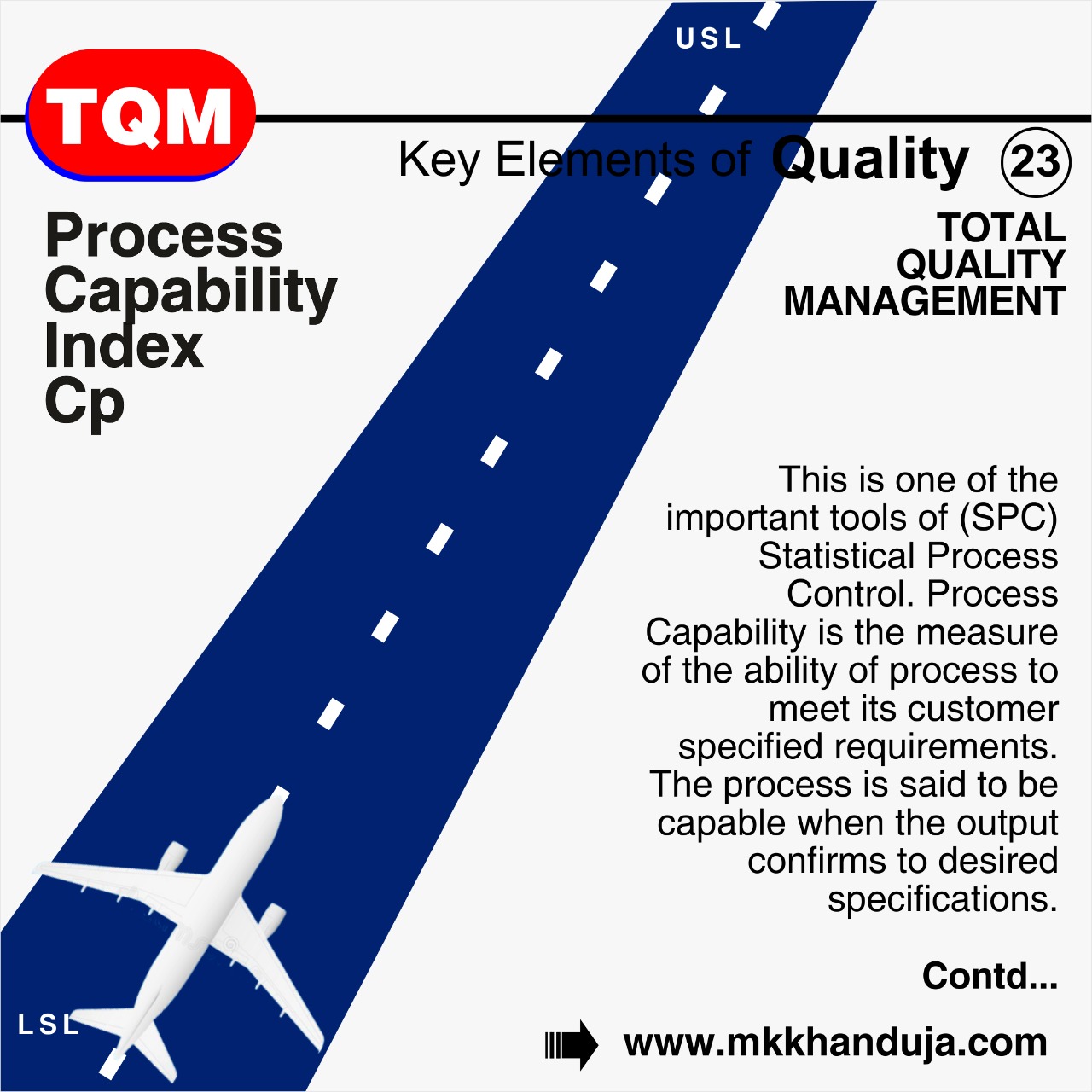
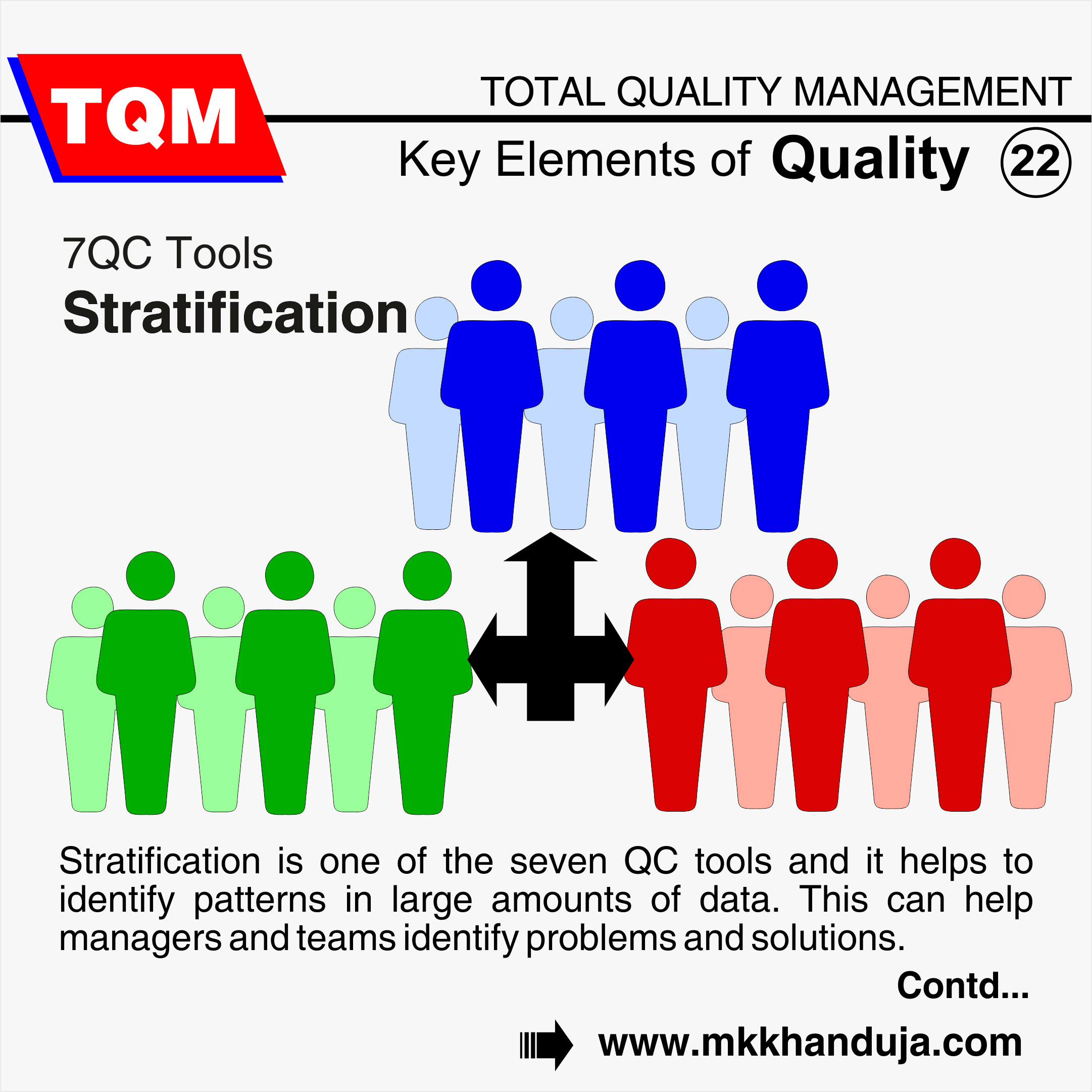
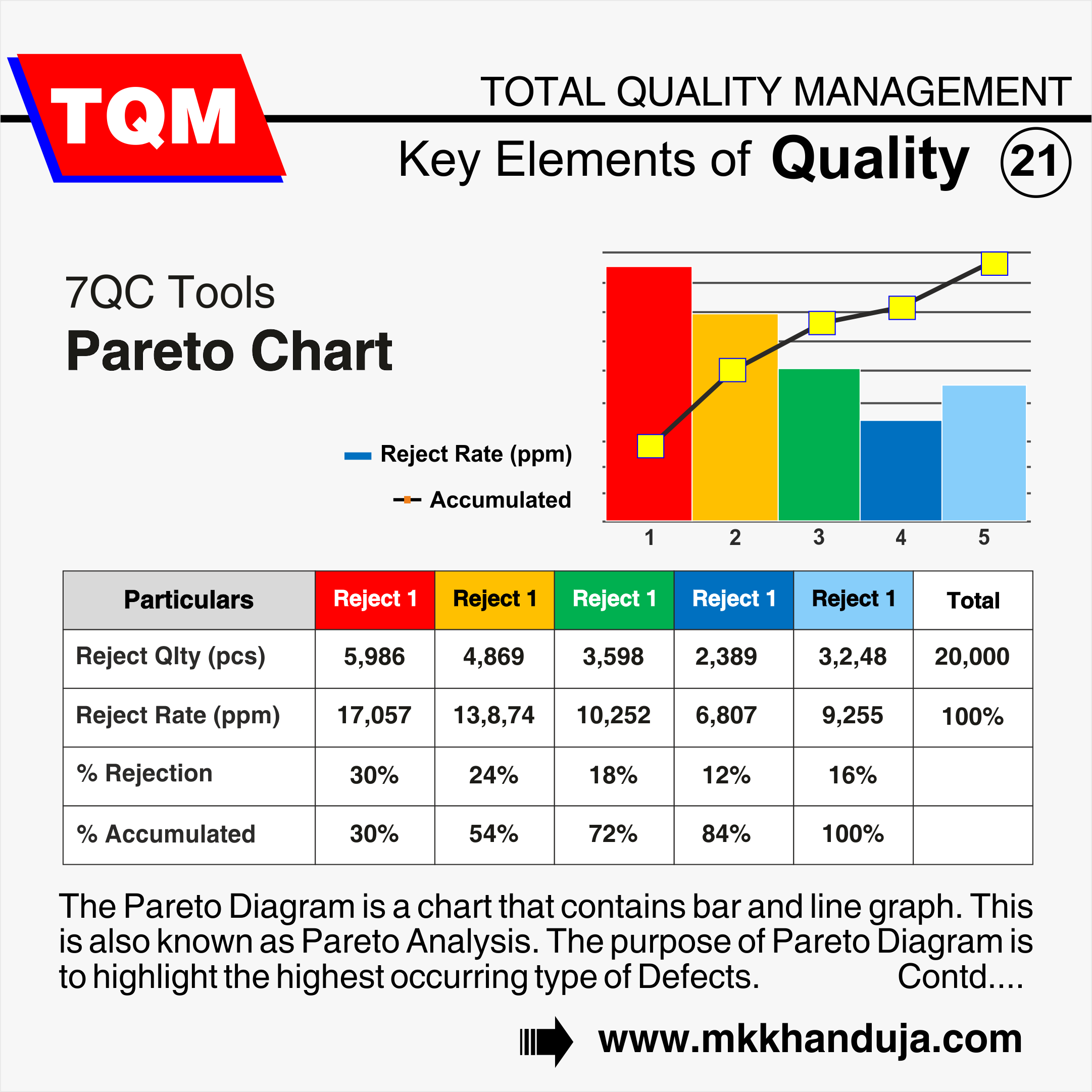
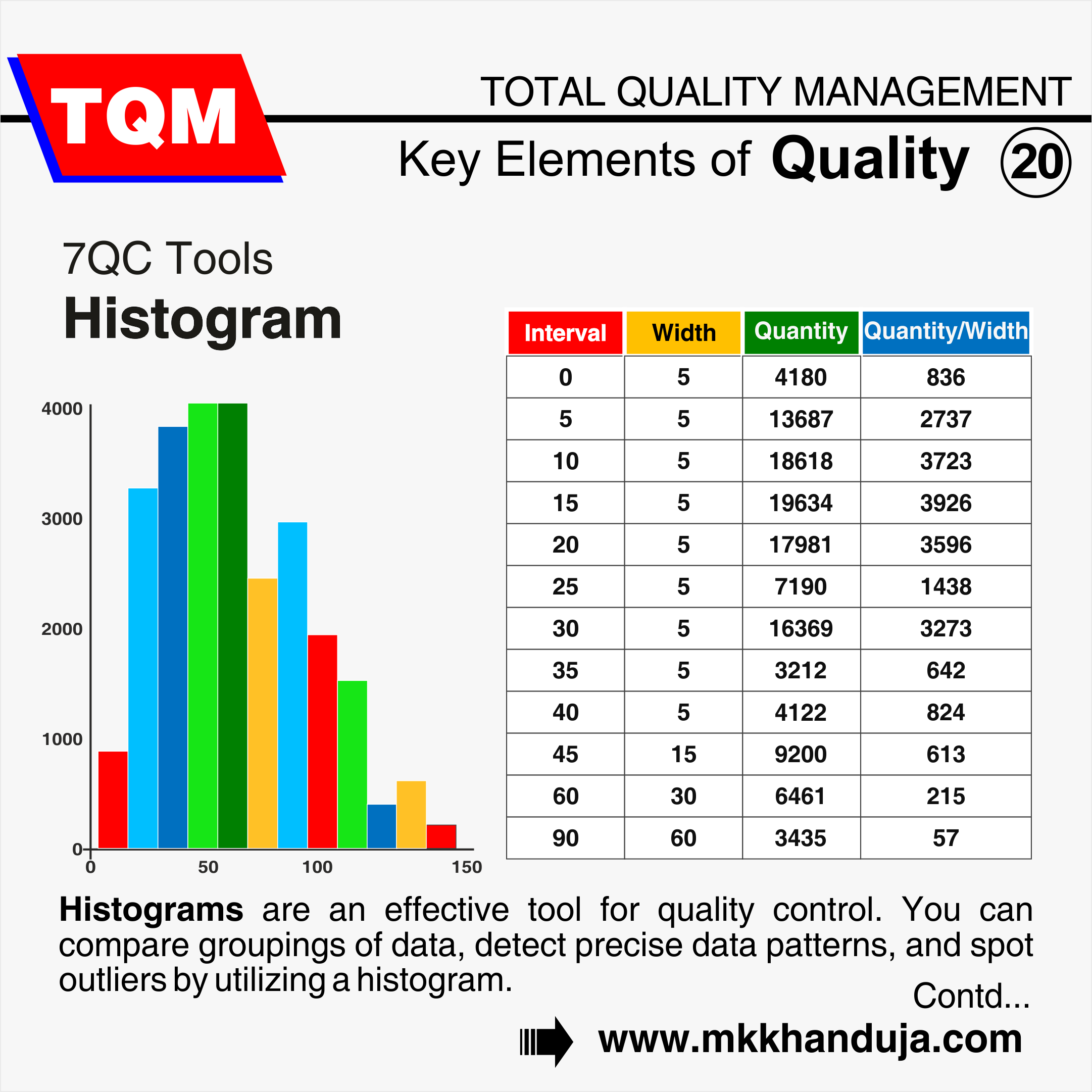
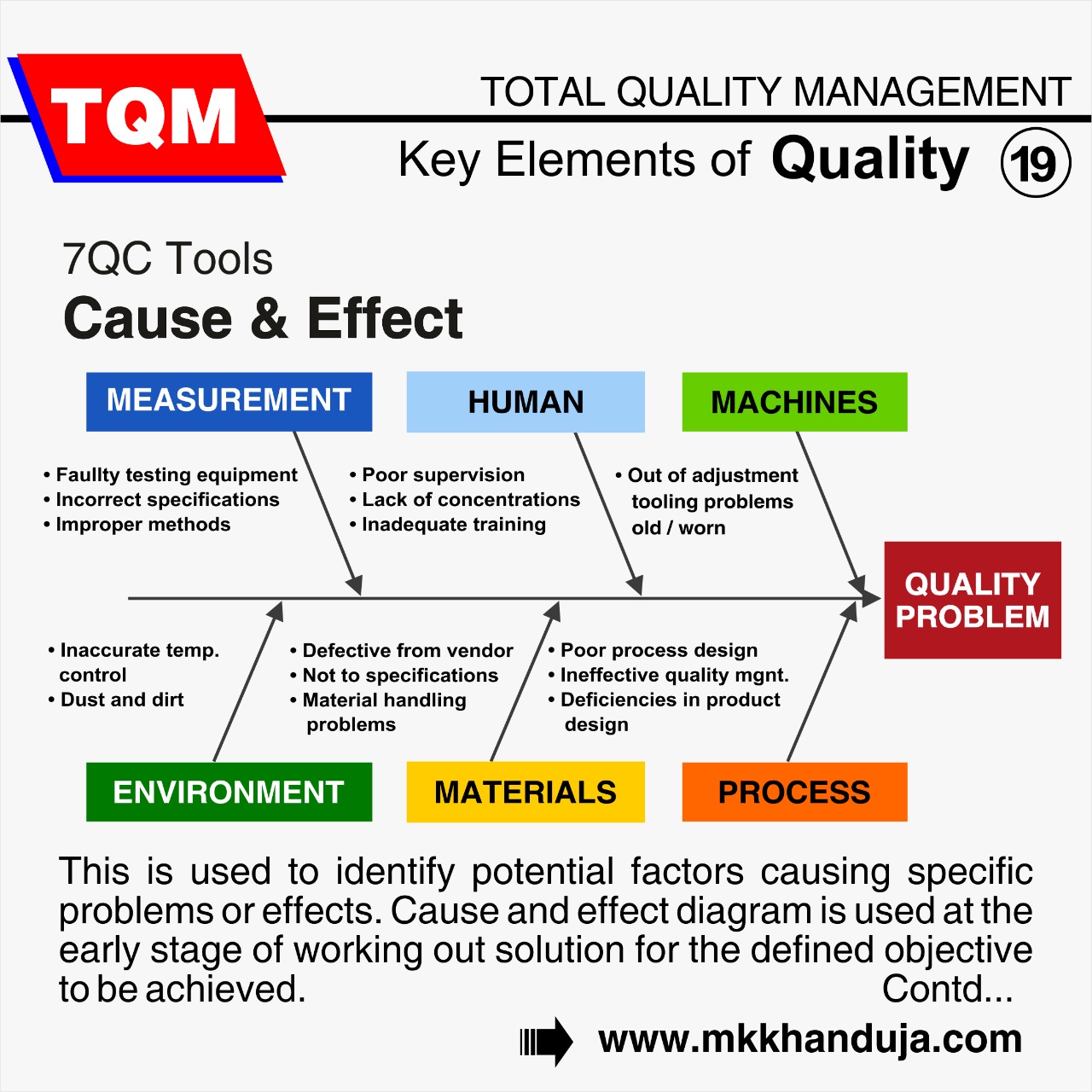
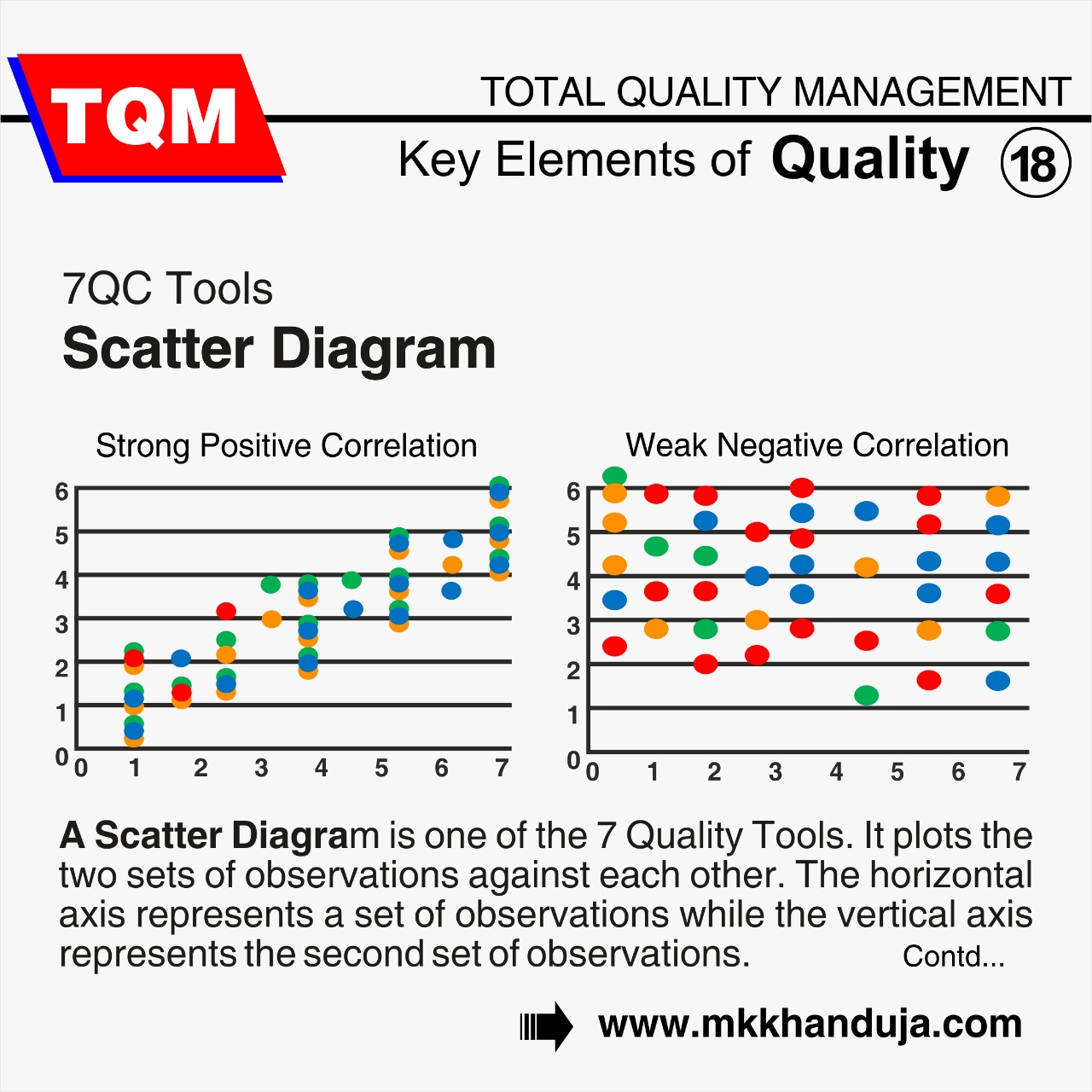
Comments